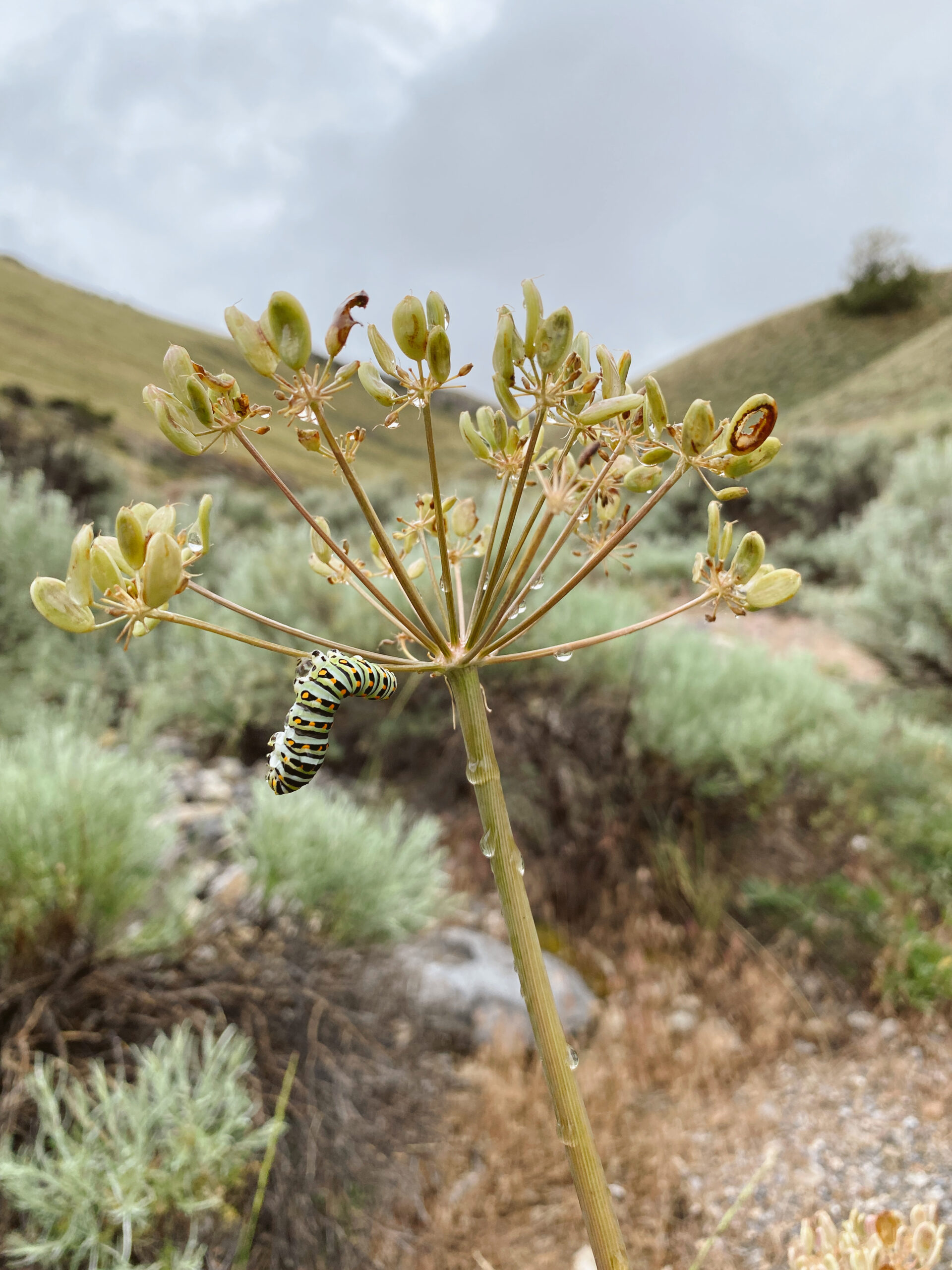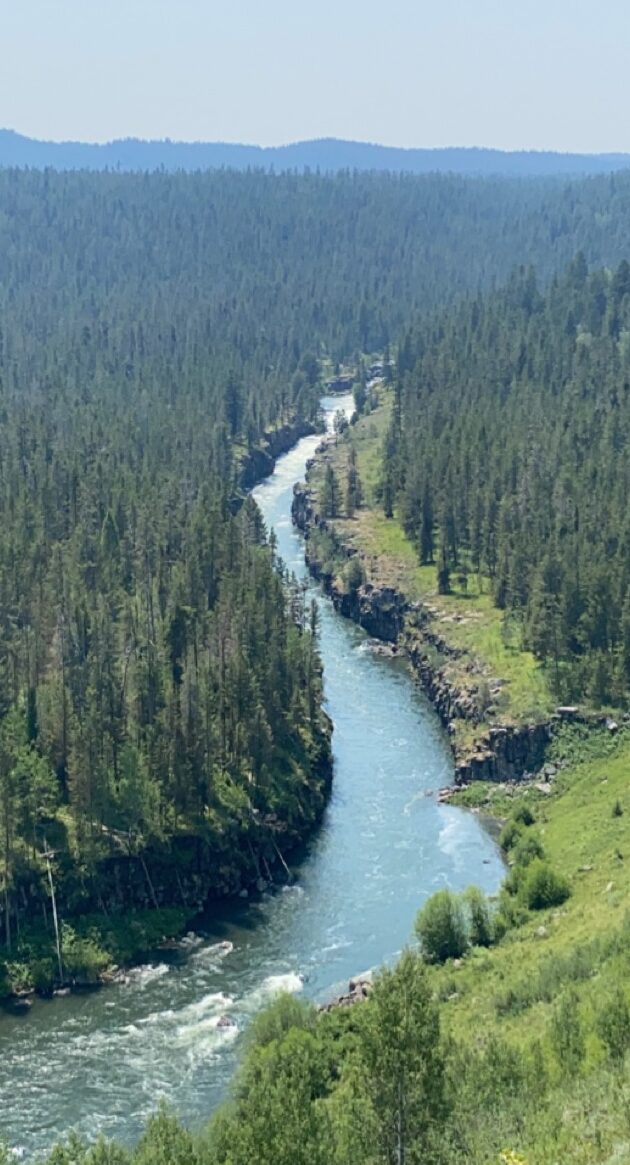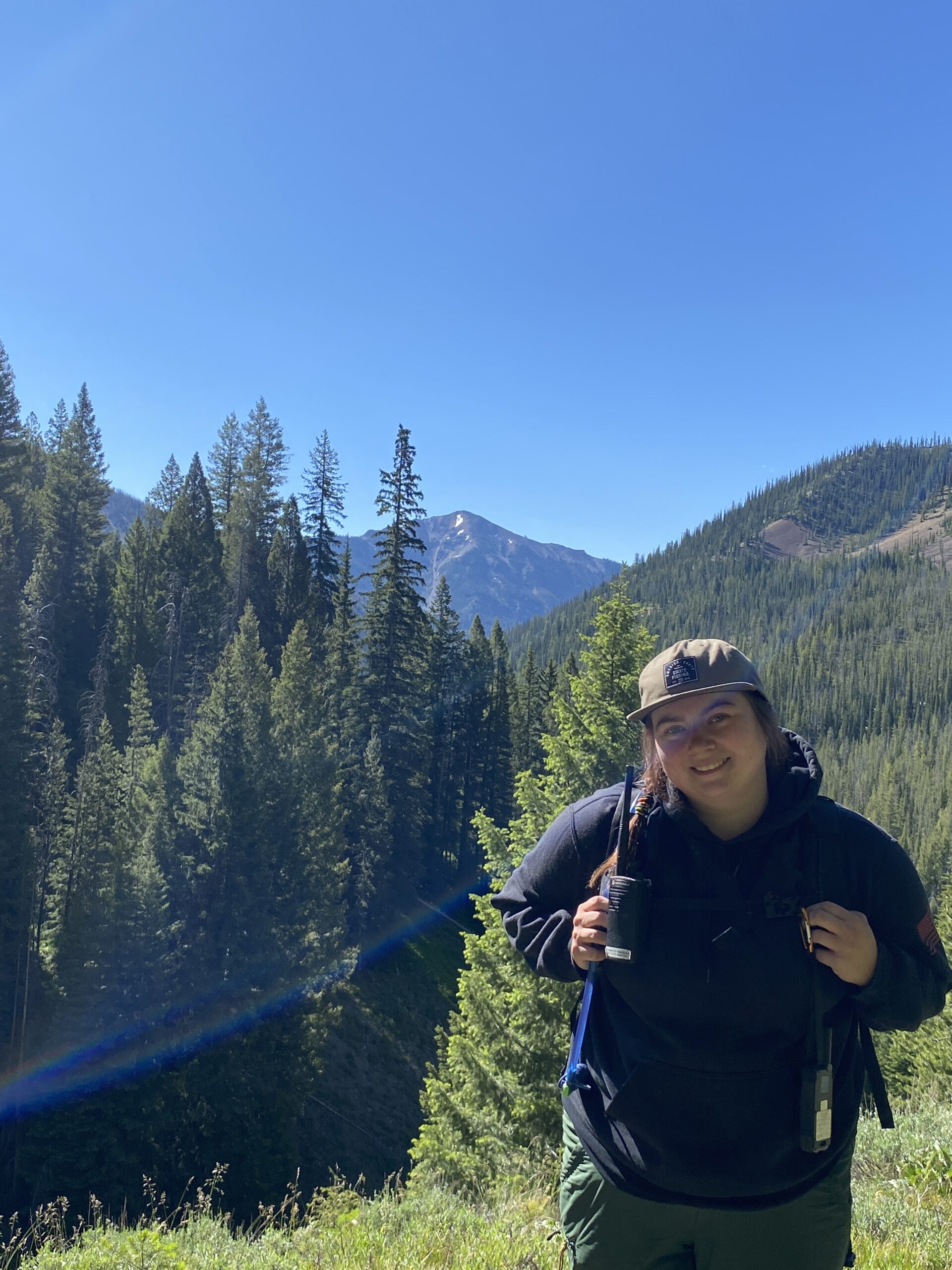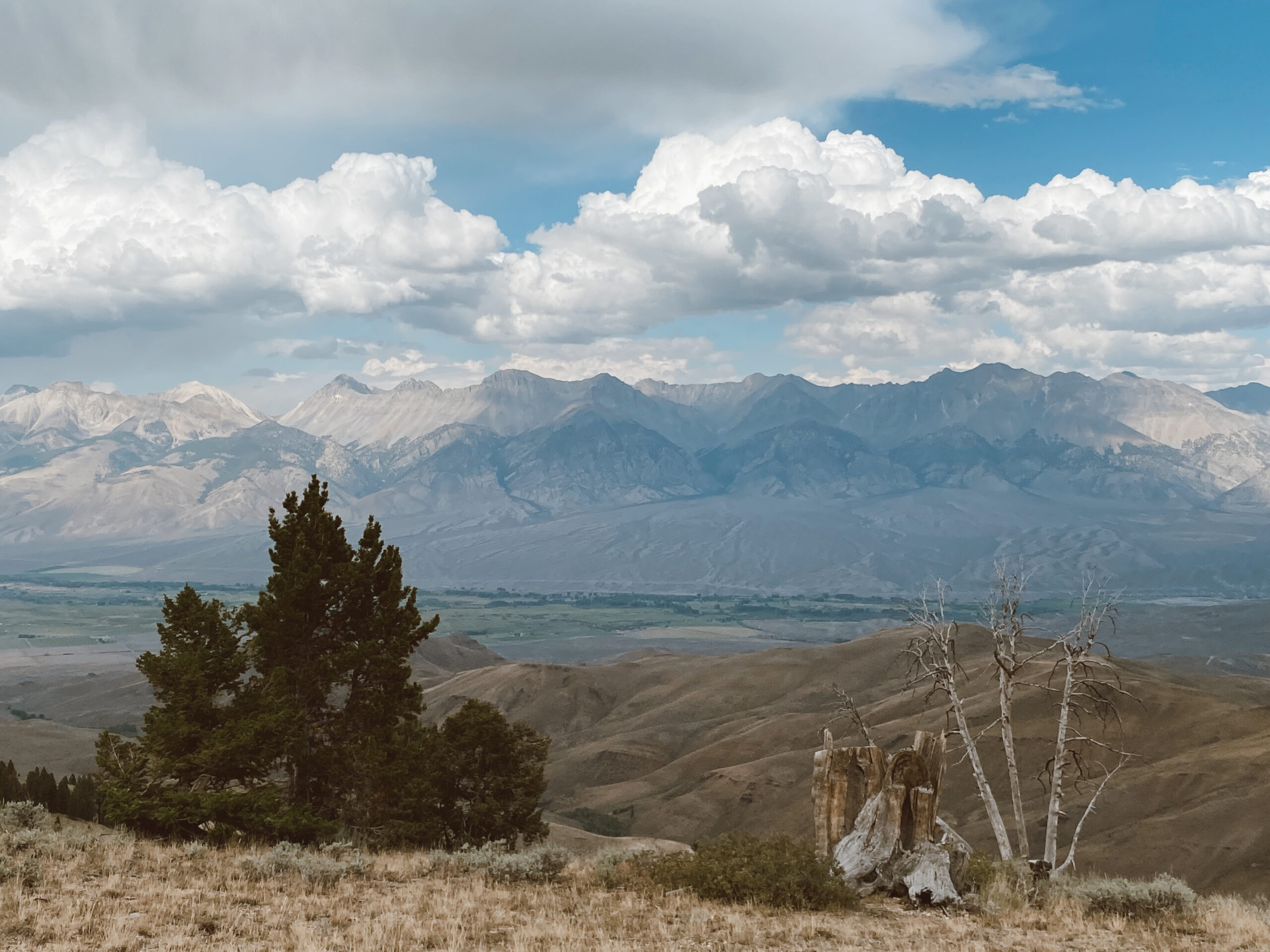This summer has been filled with all sorts of fun out here in Boise, ID. Coming into this job I had no idea how much I would be learning and how much fun this would be! My field partner and I have been collecting seed and plant material from two main species, Eriogonum umbellatum and Lomatium dissectum. We have been as far north as Craig Mountain Wildlife Management Area (south of Lewiston), ID and as far south as Cedar City, UT. At times the traveling can be overwhelming and tiresome but I enjoy getting paid to work places people vacation. For example, this past week we were able to work near Jackson Hole, WY, one of my favorite places to go! Being from Idaho I love exploring my state more and exploring new states. Nevada has been so beautiful and desolate simultaneously, and it has been one of my new favorites to explore.
As a wildlife biology major, I was excited to start a job working with plants and learn more about habitats and ecosystems. This job has allowed me to explore many aspects of both and I have really enjoyed challenging myself to make connections in habitats while looking for our target species.
Some fun moments so far this summer were almost getting bit by a rattlesnake, having a grouse attack me, seeing lots of wildlife, watching long-eared owls feed above my head, finding bats tucked in a rock crack, and of course all the beautiful scenery.
Work will start to change as we start traveling less for seed collection and more for common garden work and I am excited to update how that goes in the coming months! Enjoy these photos in the meantime.





